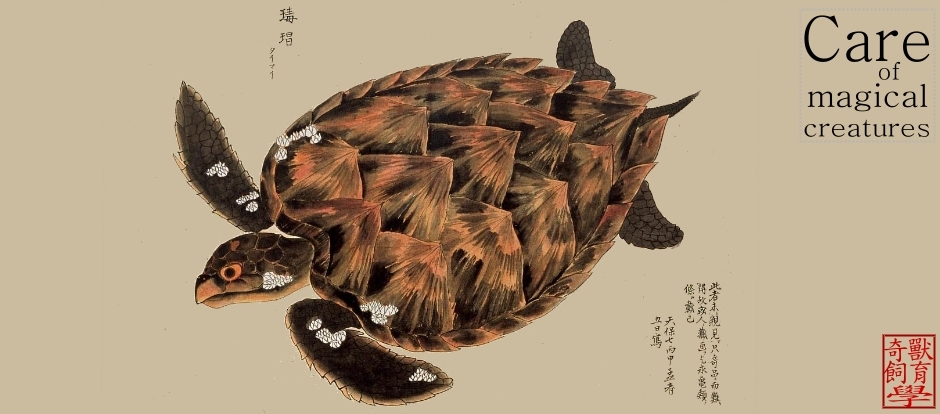文獻來源: Nijman V. 2009. An overview of international wildlife trade from Southeast Asia. Biodiversity and Conservation DOI: 10.1007/s10531-009-9758-4
Abstract
Wildlife trade is the very heart of biodiversity conservation and sustainable development providing an income for some of the least economically affluent people and it generates considerable revenue nationally. In Asia the unsustainable trade in wildlife has been identified as one of the main conservation challenges. Internationally, wildlife trade is regulated through the Convention on International Trade in Endangered Species of wild fauna and flora (CITES) to which all Southeast Asian nations are signatory. I obtained data on international trade in CITES-listed animals in the period 1998–2007. In all >35 million animals (0.3 million butterflies; 16.0 million seahorses; 0.1 million other fish; 17.4 million reptiles; 0.4 million mammals; 1.0 million birds) were exported in this period, 30 million (~300 species) of them being wild-caught. In addition 18 million pieces and 2 million kg of live corals were exported. Malaysia, Vietnam, Indonesia and China are the major exporters of wild-caught animals and the European Union and Japan are the most significant importers. Over this period exports in birds significantly decreased, trade in the other taxa either increased or remained stable. For all taxa but butterflies the vast majority of individuals represent wild-caught individuals. Records of illegal or undeclared international trade are scant but can be significantly larger than levels of official exports. It is concluded that there is an urgent need for better assessments of what levels of exploitation are sustainable (including exploring appropriate proxies for Non Detriment Findings), for initiatives to make regulatory mechanisms more effective (including the introduction of minimum mandatory standards and monitoring selected wildlife trade hubs), and for better licensing and registration. Funding for at least some of these initiatives can be obtained by imposing small levies on exports of CITES-listed wildlife.
另可參考TRAFFIC對這篇論文的報導
Abstract
Wildlife trade is the very heart of biodiversity conservation and sustainable development providing an income for some of the least economically affluent people and it generates considerable revenue nationally. In Asia the unsustainable trade in wildlife has been identified as one of the main conservation challenges. Internationally, wildlife trade is regulated through the Convention on International Trade in Endangered Species of wild fauna and flora (CITES) to which all Southeast Asian nations are signatory. I obtained data on international trade in CITES-listed animals in the period 1998–2007. In all >35 million animals (0.3 million butterflies; 16.0 million seahorses; 0.1 million other fish; 17.4 million reptiles; 0.4 million mammals; 1.0 million birds) were exported in this period, 30 million (~300 species) of them being wild-caught. In addition 18 million pieces and 2 million kg of live corals were exported. Malaysia, Vietnam, Indonesia and China are the major exporters of wild-caught animals and the European Union and Japan are the most significant importers. Over this period exports in birds significantly decreased, trade in the other taxa either increased or remained stable. For all taxa but butterflies the vast majority of individuals represent wild-caught individuals. Records of illegal or undeclared international trade are scant but can be significantly larger than levels of official exports. It is concluded that there is an urgent need for better assessments of what levels of exploitation are sustainable (including exploring appropriate proxies for Non Detriment Findings), for initiatives to make regulatory mechanisms more effective (including the introduction of minimum mandatory standards and monitoring selected wildlife trade hubs), and for better licensing and registration. Funding for at least some of these initiatives can be obtained by imposing small levies on exports of CITES-listed wildlife.
另可參考TRAFFIC對這篇論文的報導

